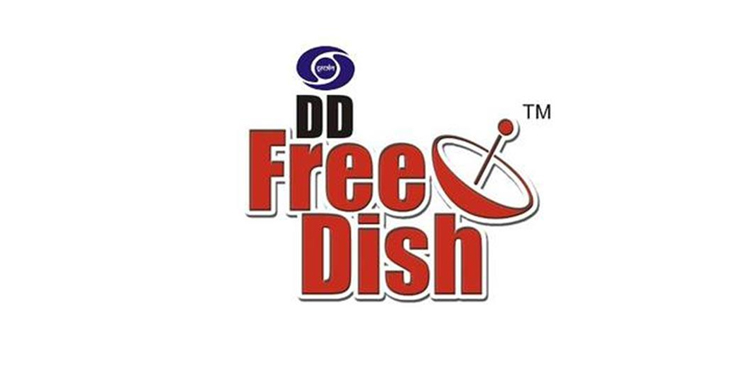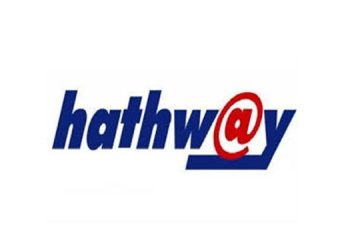Mumbai: Indian DTH players are likely to benefit from the recently launched satellites GSAT 30 and GSAT 31 by the Indian Space Research Organization or ISRO as GSAT 30, launched into orbit in January this year after unexpected delays, will take up the duties of INSAT 4A in its destination of 83 degree east longitude.
This means that the two temporary stand-in satellites — GSAT 31 (Ku band) and INSAT 4B (C band) that were moved in from their original positions as a temporary arrangement to replace INSAT 4A to support DTH players with Ku band and broadcasters with C band, are now free to go back to their original positions.
GSAT 31 can benefit DD Free Dish, Dish TV and Sun Direct at 93.5 degree:
Any existing DTH provider cannot use GSAT 31 if it goes back to its original location at 47 degrees longitude. On the other hand, there is a location where it can indeed be put to good use. Close to its current location is another slot where DTH providers are hungry for some extra capacity — 93.5 degrees east.
93.5 degrees east is where three DTH operators — DD Free Dish, Dish TV and Sun Direct — are transmitting their signals. Nearly 60 million DTH dishes in India are already pointed to this direction.
What’s more, all three DTH providers have been known to be eager to buy extra transponder capacity in this location.
Dish TV, for example, can add more HD channels if it gets extra capacity here. The operator currently has around 66 HD channels on its North India beam that is served from this location. This is less than Tata Sky (91 HD channels), Airtel Digital (86) and even a Sun Direct (75).
This has hurt its ability to attract and retain premium customers. For example, Tata Sky has around 30 English language HD channels (excluding sports), while Dish’s tally is a little more than half of that.
Sun Direct too can do with more channels. The operator, which has only 13 transponders in total, offers around 350 channels in total, compared to about 500-600 by its competitors.
The third player, DD Free Dish, too can add extra channels to its current tally of around 110 or so.
However, it remains to be seen if ISRO moves GSAT 31 to 93.5 degrees, maintains it at 83 degrees, or moves it back to 47 degrees.
Advantage Tatasky if retained at 83 degree:
If it maintains it at 83 degrees, it would mean a bonanza for Tata Sky users.
Tata Sky already has, by far, the largest amount of DTH transponder capacity in India. The operator currently has a whopping 24 transponders at its location in 83 degrees east. If GSAT 30 is also retained at the same location, Tata Sky can potentially have access to 36 Ku band transponders, which can increase its capacity by 50%.
This could enable the DTH operator to become the first 4K platform in India while doubling its HD channel count to nearly 200 as a single transponder can deliver up 16-18 HD channels using HEVC technology and 30-35 channels using MPEG4 technology.
However, it all depends on ISRO’s decision on what to do with the surplus satellites INSAT 4B and GSAT 31, whether it will move back both these satellites to its original position of 111 degree and 47 degree or it will move GSAT 31 to 93.5 degree or retain it at the existing position of 83 degree.
















